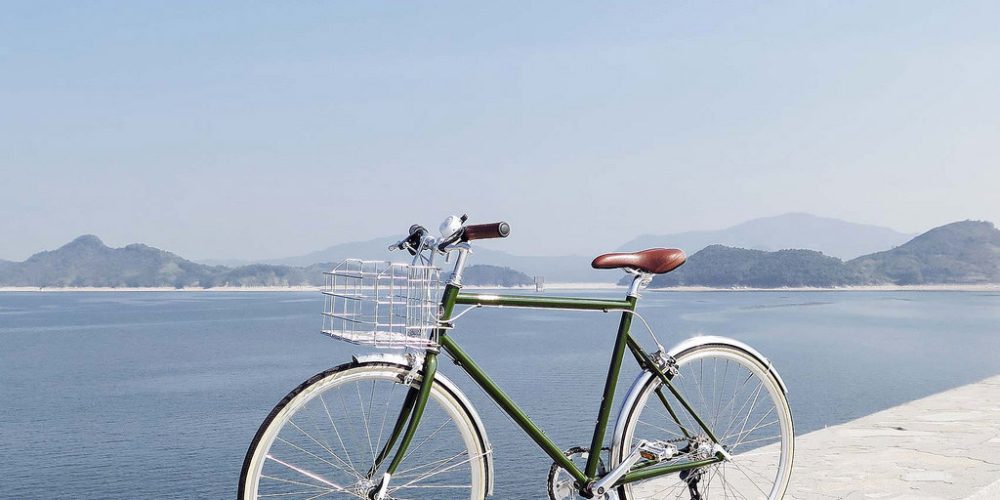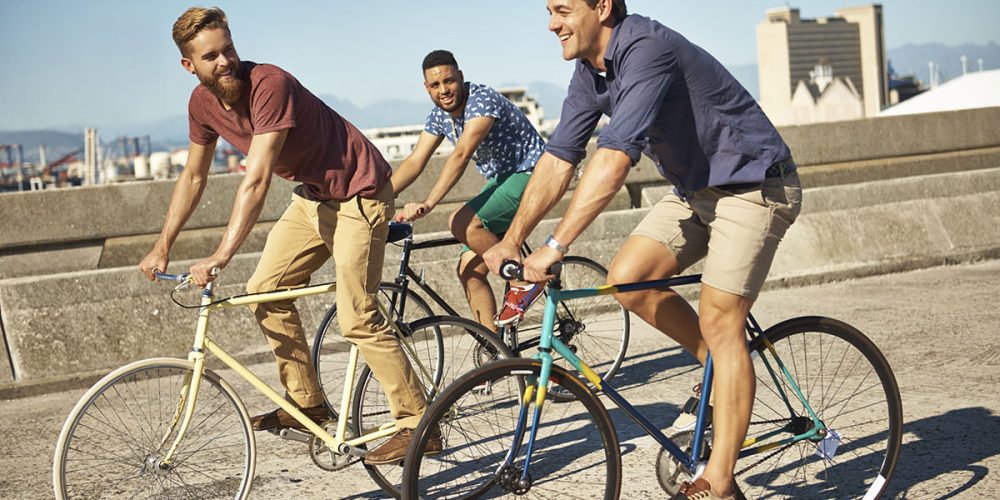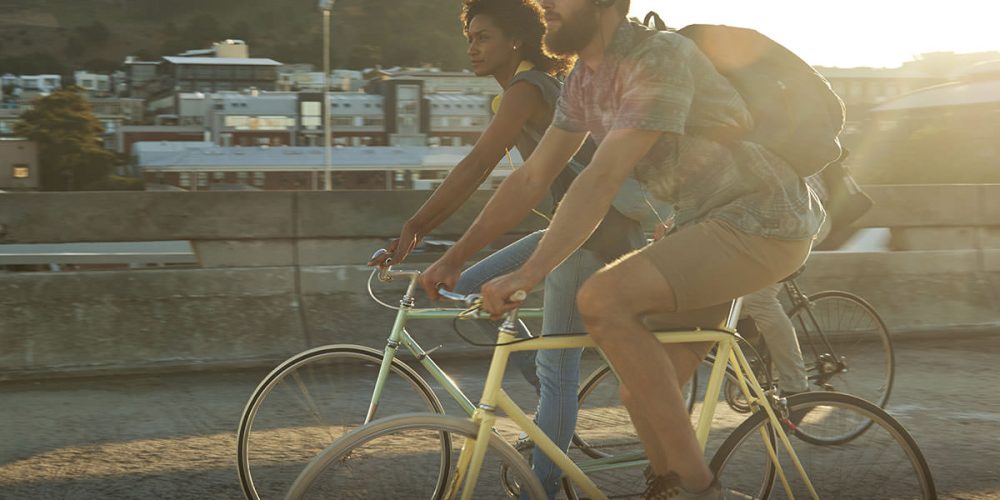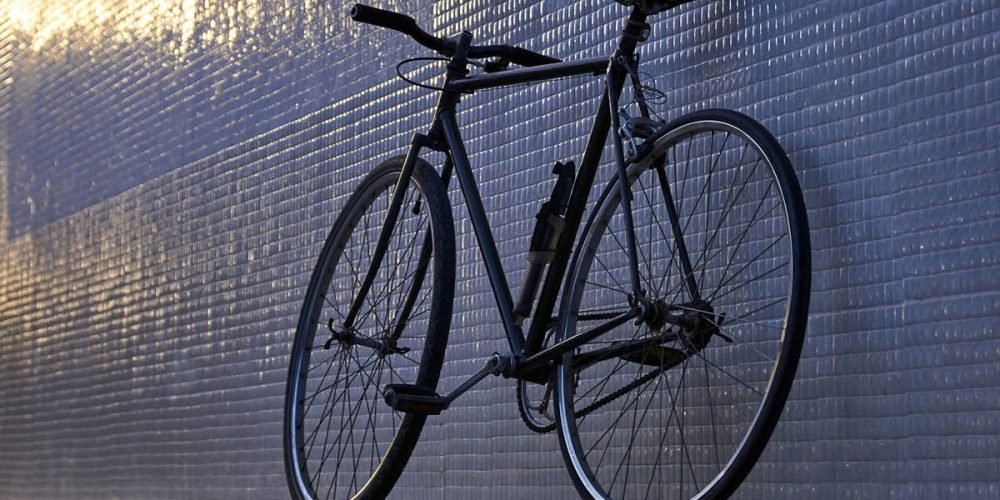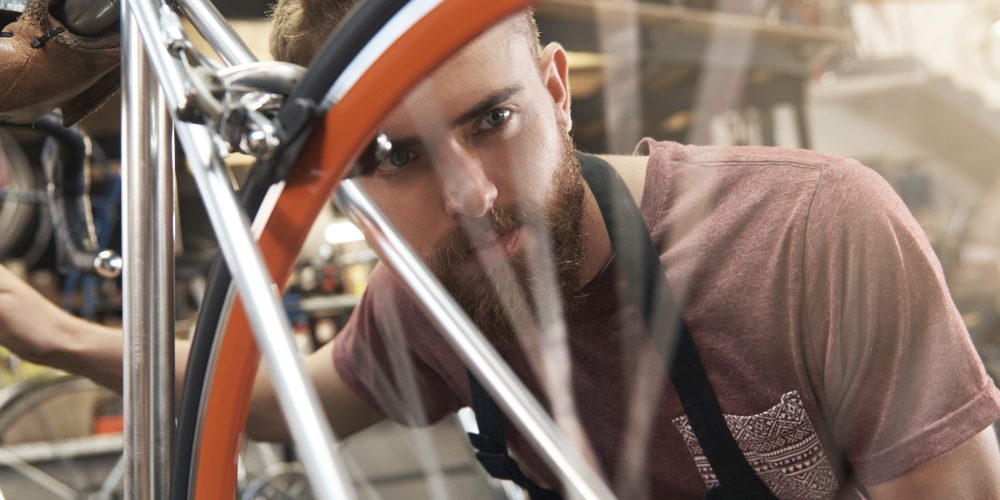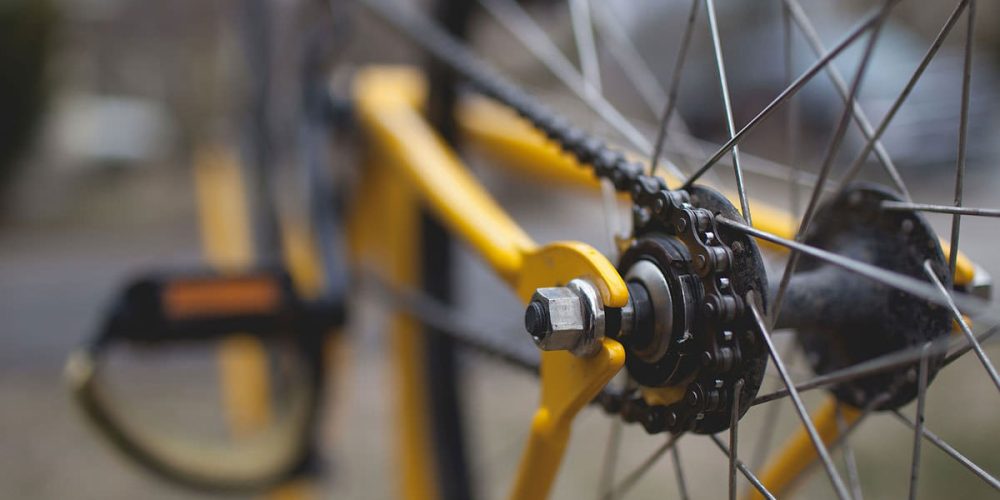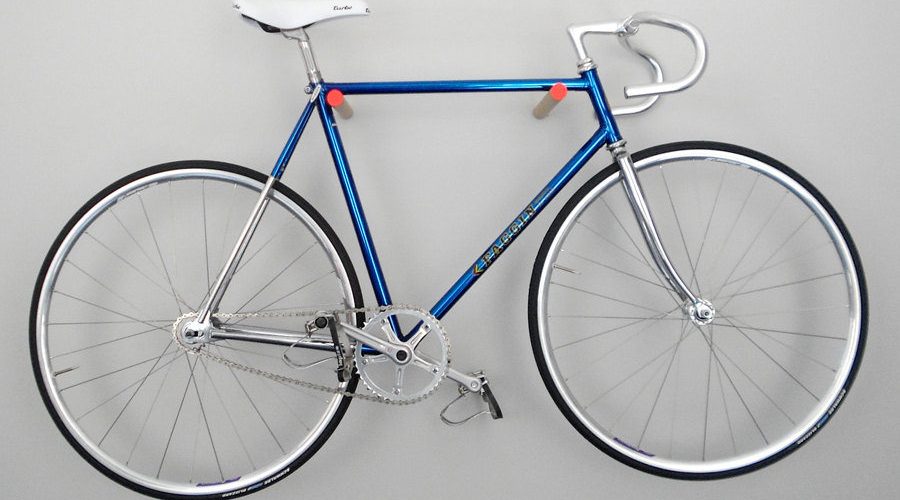- About me
- About us
- Best Selling Products
- Blog Fullwidth
- Blog Grid
- Blog Masonry
- Blog Medium
- Blog Wide
- Booking
- Cart
- Cart
- Checkout
- Checkout
- Contact us
- Default page
- Ecwid Store
- Elements
- FAQ
- Featured Products
- Fullwidth Category
- Homepage 1
- Homepage 2
- Homepage 3
- Icons
- My account
- My Account
- Order Tracking
- Popular Products
- Pricing Table
- Product categories layout test
- Product Detail 1
- Product Detail 2
- Product Extra Option
- Product Extra Option
- Products by ID
- Products by Sku
- Recent Products
- Sale Products
- Sample Page
- Shop
- Shop
- Shop grid
- Shop Grid Left Sidebar
- Shop Grid Right Sidebar
- Shop list
- Shop List Left Sidebar
- Shop List Right Sidebar
- Store
- Test Drive
- Typography
- Under Construction
- Wishlist
An overview on bicycles
2
1434
An overview on bicycles
2
3393
Social aspects of bikes (P.2)
2
1157
Never been so free
Never been so free
2
1124
Your bikes need love too!
2
1200
Pump It Up
Probably, the number one reason bikes fall apart is because people ignore the tires. Here’s what happens: Bicycle tires have very little air in them. And bicycle tubes, which are made of butyl rubber, are porous enough to allow air to seep out. The result is tires softening over a period of about a week for road bikes and about a month for mountain bikes (though it depends some on tire size). When the tires get soft, bad things happen. Some folks decide to stop riding the bike because they think they have flat tires and they put off getting the flat fixed because it means loading the bike in the car and dragging it down to the bike shop.Lube It or Lose It
A bicycle is made up of a bunch of moving metal parts, many of which are meshing with each other. In order to keep these parts from grinding each other to dust as you pedal merrily along, they should be lubricated. Spinning parts containing bearings, such as the wheels, pedals, bottom bracket (what the crankset is mounted to), and headset (the mechanism that connects the fork to the frame and allows steering), come from the manufacturer packed with grease. About once a year, these components should be dismantled, checked and regreased. But, because special tools are needed and the work is required only occasionally, you may prefer to leave this job to a bike shop mechanic.Keep It Clean
Mountain bikers, especially those who ride in the mud, should keep a cleaning kit in the corner of the garage ready for use at ride’s end. All that’s needed is a bucket with some sponges and dishwashing detergent and a nearby hose. When you return from a ride, prop the bike up and spray off the majority of the mud and muck with the hose. It’s crucial to not blast the water sideways at the bike. Doing so may force the water into the pedals, hubs and bottom bracket, which may compromise the grease and bearings inside these components. Instead, spray water only from above and don’t ever direct it toward greased parts.Store It
I tell everyone to store bike(s) inside. It’s the best way to keep them running and looking like new. And it doesn’t take much in the way of space or supplies. The only item needed is a bike hook. These are shaped like question marks and coated with vinyl so as not to scratch the wheel when you hang the bike on the hook. Install the hook in a stud in a wall or a rafter or beam; anywhere where the bike can hang vertically is fine. I’ve seen bikes stored in stairwells, bathrooms, bedrooms—anyplace you can find dead space is fine. It’s also possible to use two hooks and hang the bike horizontally, one wheel on either hook.5 reasons to cycle to work
2
1097
It would make cycling safer for everyone.
Research shows that unlike cars, the more bicycles on the road, the safer it becomes for cyclists. “It’s a virtuous cycle,” Dr. Julie Hatfield, an injury expert from the University of New South Wales, says. “The likelihood that an individual cyclist will be struck by a motorist falls with increasing rate of bicycling in a community. And the safer cycling is perceived to be, the more people are prepared to cycle.”It is vastly cheaper than driving.
Due to rising fuel costs and tire upkeep, the cost of owning a car increased nearly 2% in 2012 to $US8,946, according to AAA. It costs just $US308 per year to keep bikes in shape — nearly 30 times less than cars, according to the Sierra Club. It says: “If American drivers were to make just one four-mile round trip each week with a bicycle instead of a car, they would save nearly 2 billion gallons of gas. At $US4 per gallon, total savings would be $US7.3 billion a year.”It’s a free gym on wheels.
On average, bicycle commuters lose 13 pounds in their first year of cycling alone. “[Bike commuting] can be a very effective cardiovascular benefit,” says Lisa Callahan, MD, of the Hospital for Special Surgery in New York City. “If you’re overweight and start an exercise program, sometimes it’s harder on your joints because you are overweight, so something like swimming or biking that’s not pounding on the joints can be a good thing.”You won’t miss morning traffic jams.
Americans spend upwards of 25 minutes per day commuting to work and more than $700 per year simply burning fumes in traffic Cycling could help you get there faster for a lot less. “Half of the working population in the U.S. commutes five miles or less to work, with bike trips of three to five miles taking less time or the same amount of time as commuting by car,” writes Kiplinger editor Amanda Lilly.You don’t even have to own a bike.
There’s been a wave of new bike share programs in major cities like Washington, D.C., Boston, Chicago, and Miami, which typically allow riders 30 to 45 minutes of transportation for a small annual fee. When New York City’s bike share launched in May, annual memberships cost $US95 — about $US10 less than subway commuters spend per month.Choosing your equipments
2
1016
The Bicycle
If you plan on a combination of road and mountain biking, pick a hybrid. Road bikes are for the road and mountain bikes are for off-road use. The most important part of bicycle shopping is finding the right frame size. A frame that is too small will place unnecessary strain on your joints. A frame that is too large will decrease the level of control you have over your bike. If the frame is not properly fitted to your body, your center of gravity will be greatly compromised. When choosing your bicycle, pick the best combination of features for the type of cycling you plan to do. For example, don`t put off-road tires on a road bike.The Shoes
Many road bikes along with mountain bikes include clipless pedals to which special shoes attach, via a cleat, permitting the rider to pull on the pedals as well as push. The right cycling shoes will support your foot on the pedal. This can reduce cramping and foot fatigue as you ride. The shoe you pick will depend on the type of pedal you plan to use with your bicycle.The Helmet
Helmets offer essential protection while cycling. Modern designs are sleek and lightweight. There is no longer a question of style when choosing to wear a helmet. Helmets are proven to save lives and prevent life altering injuries from having their full effect. A good helmet will cost you at least US$50 and the best helmets can cost hundreds of dollars.The Clothes
Dress for the weather. Lightweight, breathable fabrics are excellent for keeping the body cool and dry in warm weather. Moisture-wicking, heat retaining fabrics like fleece are best for winter riding. Gloves, glasses, socks, and extra outer layers are important regardless of season. In general, fabrics suited for most outdoor sports will be appropriate for cycling. However, avoid loose fitting clothing as these clothes may get caught in your spokes, chain, or handlebars.On the way we feel right
Legal requirements for riding
2
871




